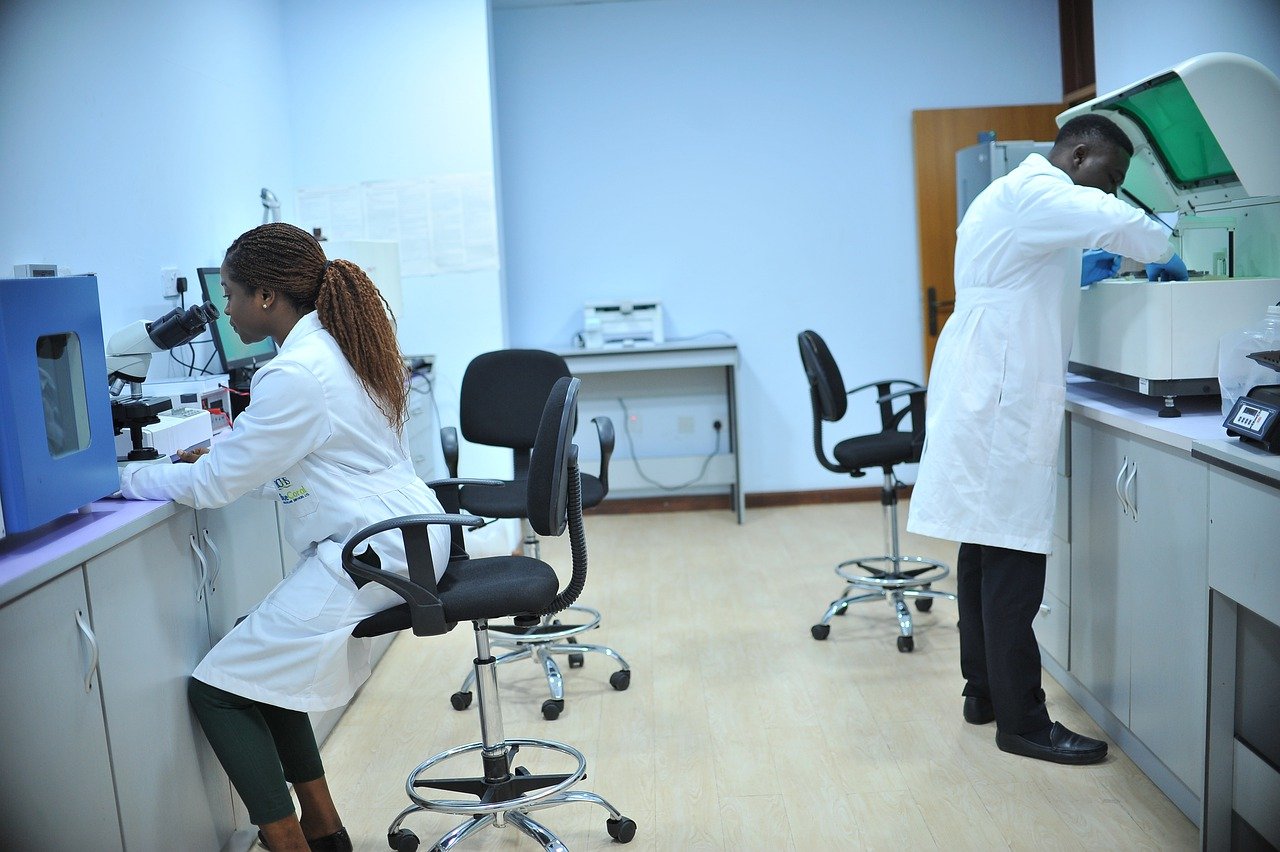
The Pros and Cons of Continuous Glucose Monitors
Continuous Glucose Monitors (CGMs) have revolutionized diabetes management, offering real-time glucose level tracking and improving the quality of life for millions. As technology advances, these devices become more accessible and user-friendly. However, like any technology, CGMs come with their own set of advantages and disadvantages. This blog post delves into the pros and cons of Continuous Glucose Monitors, helping you decide whether they are the right choice for your diabetes management.
What are Continuous Glucose Monitors?
Continuous Glucose Monitors are wearable devices that track glucose levels in real time. They consist of a small sensor inserted under the skin, a transmitter that sends data wirelessly, and a display device (or smartphone app) that shows the glucose readings. Unlike traditional fingerstick tests, CGMs provide continuous data, alerting users to potential highs and lows before they become problematic.
The Pros of Continuous Glucose Monitors
Real-Time Glucose Monitoring
One of the primary advantages of CGMs is real-time glucose monitoring. This feature allows users to make informed decisions about diet, exercise, and medication. According to a study published in the Journal of Diabetes Science and Technology, individuals using CGMs experienced a significant reduction in A1C levels and fewer hypoglycemic events compared to those using traditional methods.
Improved Diabetes Management
CGMs provide a comprehensive view of glucose trends, enabling proactive diabetes management. Users can identify patterns, such as the impact of certain foods or activities on their glucose levels. This data-driven approach can lead to better glycemic control and reduce the risk of diabetes-related complications.
Alerts and Notifications
CGMs are equipped with customizable alerts that notify users of impending hyperglycemia or hypoglycemia. These alerts are crucial for preventing severe episodes and provide peace of mind, especially for parents managing a child’s diabetes. For example, many CGMs allow users to set personalized thresholds for glucose levels, and some even offer remote monitoring options for caregivers.
Reduced Fingerstick Tests
While some devices still require occasional calibration, CGMs significantly reduce the need for fingerstick tests. This benefit is particularly appealing to individuals with needle phobia or those who experience discomfort from frequent testing. Additionally, the elimination of frequent finger pricking can lead to better adherence and overall diabetes management.
The Cons of Continuous Glucose Monitors
Cost and Accessibility
One of the major drawbacks of CGMs is their cost. The initial investment and ongoing sensor replacements can be expensive. Although insurance coverage for CGMs is improving, it is not universal, making these devices less accessible to some individuals. According to the American Diabetes Association, cost remains a significant barrier for many potential users.
Technical Issues
Like any technology, CGMs are not immune to technical problems. Users may experience sensor errors, connectivity issues, or inaccurate readings. These issues can be frustrating and may require additional troubleshooting or consultation with healthcare providers.
Skin Irritation and Discomfort
Wearing a CGM sensor can cause skin irritation or discomfort for some users. The adhesive used to secure the sensor may lead to allergic reactions or skin breakdown, especially with prolonged use. It’s essential for users to monitor their skin’s condition and consult a healthcare provider if irritation persists.
Learning Curve
Adapting to a CGM requires time and patience. Users must learn to interpret data, set alerts, and integrate the device into their daily routine. For some, the learning curve may be steep, especially for those unfamiliar with technology. However, many manufacturers offer tutorials and support to ease this transition.
Conclusion: Is a Continuous Glucose Monitor Right for You?
Continuous Glucose Monitors offer numerous benefits, from real-time tracking to improved diabetes management. They provide invaluable insights that can enhance quality of life and reduce diabetes-related risks. However, the cost, potential technical issues, and learning curve should be considered before making a decision.
Ultimately, the suitability of a CGM depends on individual needs, lifestyle, and budget. Consulting with a healthcare provider can help determine whether a CGM is the right choice for you. As technology continues to evolve, CGMs are likely to become even more accessible, accurate, and user-friendly, promising a brighter future for diabetes management.
